
Navigate UK's summer seas safely with our comprehensive guide. Discover essential tips for paddleboarding, understanding weather patterns, tide schedules, and emergency preparedness for beach fun.
Summer is a busier time for UK beaches when it stops raining. It is also a busier time for the RNLI as they respond to more shouts along the coasts. If a fine day does appear during the school holidays, more people head to the seaside and start to enjoy being in the water. Paddleboarding has become more popular in recent years and is a great new activity for people to experience on inland waters and at sea. However, there are regular calls for people to just take a bit of time and prepare before heading out. To gain a bit of knowledge and take the right kit and look up some key information for each visit.
In certain conditions, leisurely fun water activities can suddenly change and see people getting into trouble offshore. They then need assistance from services that don't want to be overrun. Like the police, fire and ambulance, the Coastguard is an emergency service contacted by calling 999.
“The warmer weather and school holidays have brought people flocking to our coasts, and accidents are inevitable. That means extra calls for help and extra hours given by our volunteer crews. That’s on top of their day jobs and family commitments.” RNLI
In an emergency, HM Coastguard may send their own teams, a helicopter or local lifeboats. To help reduce the number of people who may need assistance over the busy summer period, advice has been repeated for those heading out, particularly on a SUP (Standup Paddle Board).
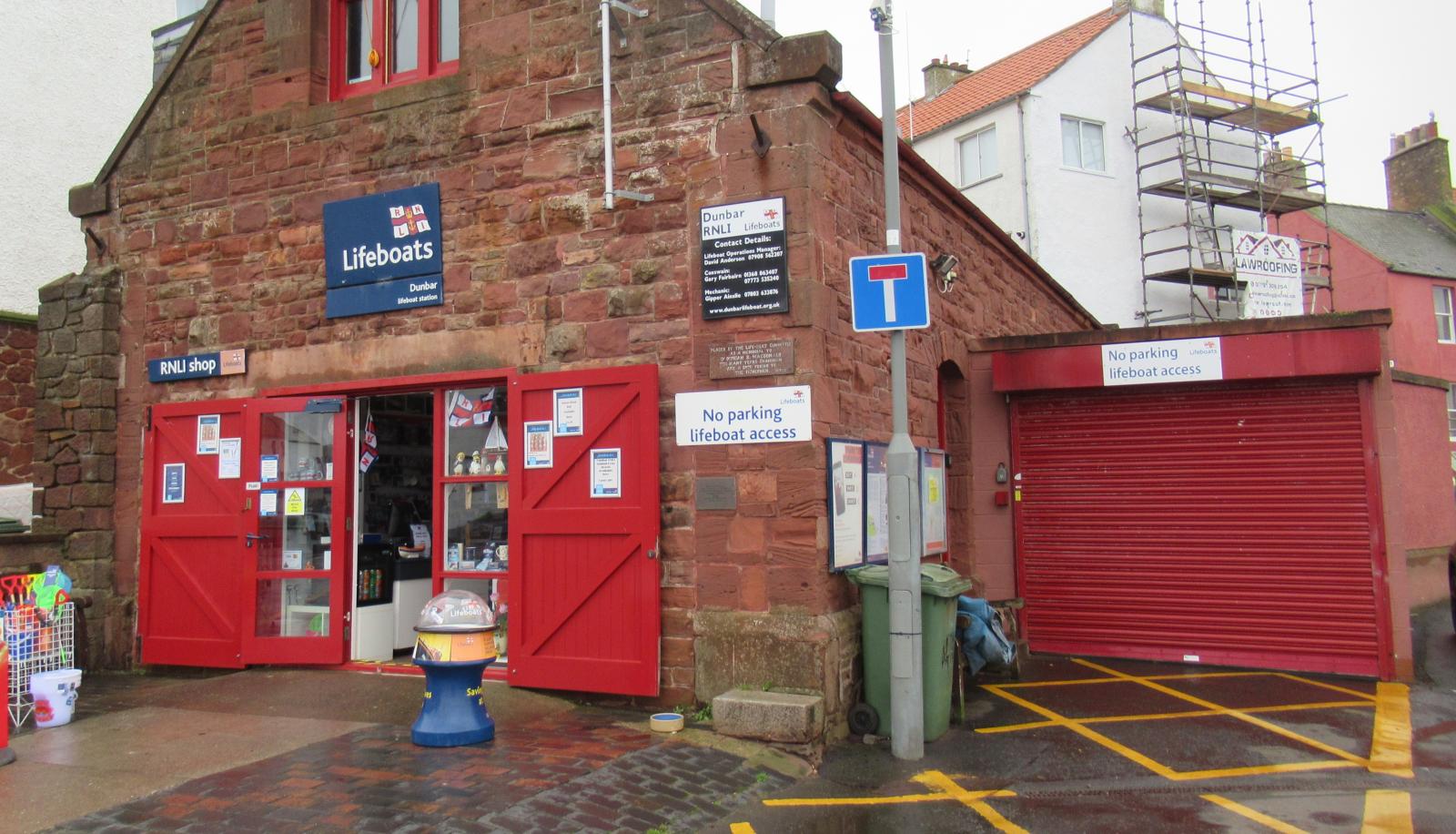
The main advice for all water users is to “Check the weather forecast and tides before heading out”. Also, wear a buoyancy aid, carry a phone in a waterproof pouch, attach a leash on a SUP and avoid offshore winds.
Companies who hire out SUPs will recommend or even insist on an introductory session to learn a few tips and safety pointers before heading out. This is a great way to secure useful basic knowledge and make the time that you do have on the water more enjoyable.
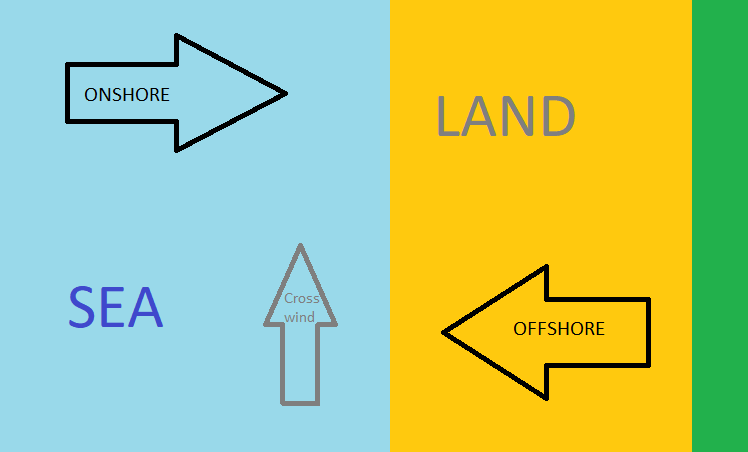
Westerly winds come from the west; northerly winds come from the north. Onshore and offshore winds are often talked about but may not always be understood. Onshore winds come from the sea onto the shore. If you were standing on the beach (on the shore) looking out to sea, the wind would be in your face pushing you onto the land. An offshore wind would flow away from the land, off the shore and out to sea. And that is the problem for floating water users at sea, being pushed offshore and out to sea away from the often more sheltered coast.
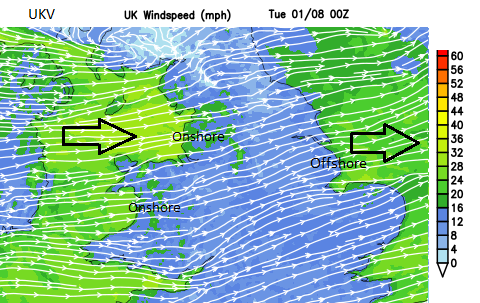
If you are considering heading out, it is worth consulting locals about how conditions change nearby in certain wind directions. Also which bays suit different wind directions or are sheltered for beginners. Also, the ones which are more tricky. If you are away on holiday, it may be more difficult to ascertain which direction certain coves face. To work out the main wind direction, you can use the Netweather Radar, input a postcode and a marker will appear on the UK map. West is to the left of the map, East to the right and for those with the Extra subscription you can add on Wind streamers from the Overlays/ UKV Overlays dropdown list.
Using the 7-day weather forecast you can see hourly data such as wind direction, strength (in mph) along with sudden gusts. Many leisure paddleboarders wouldn't go out in winds above 10mph or when gusts are above 15mph. It's too hard work and chaotic out on the water. Other data includes precipitation, air temperature and storm risk.
Don’t be out on the water when thunderstorms are rumbling about. On the Netweather Radar, make sure that the Lightning/Sferic button is on. Dots will appear from lightning strikes around the UK and Ireland which can be used as one source of weather data. Technology can fail, data feeds be interrupted so keep an eye out if the clouds start to bubble up, grow or skies darken. Similarly thick low cloud can be confusing and disorientating. It is worth avoiding poor weather conditions, strong tides and offshore winds.
The Met Office inshore waters forecast gives a quick summary of conditions around the coasts of the British Isles and is often used by small craft in coastal waters. It covers the next 48 hours forecast in two time sections and might just be a quick way to say don’t bother this time.
The initial tide height may affect the ease of setting off from a beach if it covers rocks which appear at low tide or bring water into more sheltered parts of the coast. Conditions soon change as tides rise with less landing space or result in a slippery scramble back as you try to carry a board if the tide goes out too far. Strong tidal currents could make it more difficult to paddle where you want to go, or you become tired more quickly
Offshore winds can look fine but that is deceptive, they are the ones that would whisk you out to sea. Onshore winds change the way a wave breaks, creating smaller choppy waves. They are harder work, more of a workout. Often beginners like calm conditions with hardly any breeze as slight waves need a bit more balance.
Many people will have used Magic Seaweed’s site in the past for tide and surf/swell information. This has been bought over by Surfline and there have been changes to the display of information. Flat 1-2ft wave height is what beginners would usually look for. Wherever you find your local tide information, make sure you are on the right day, and are looking at times in BST for summer paddling.
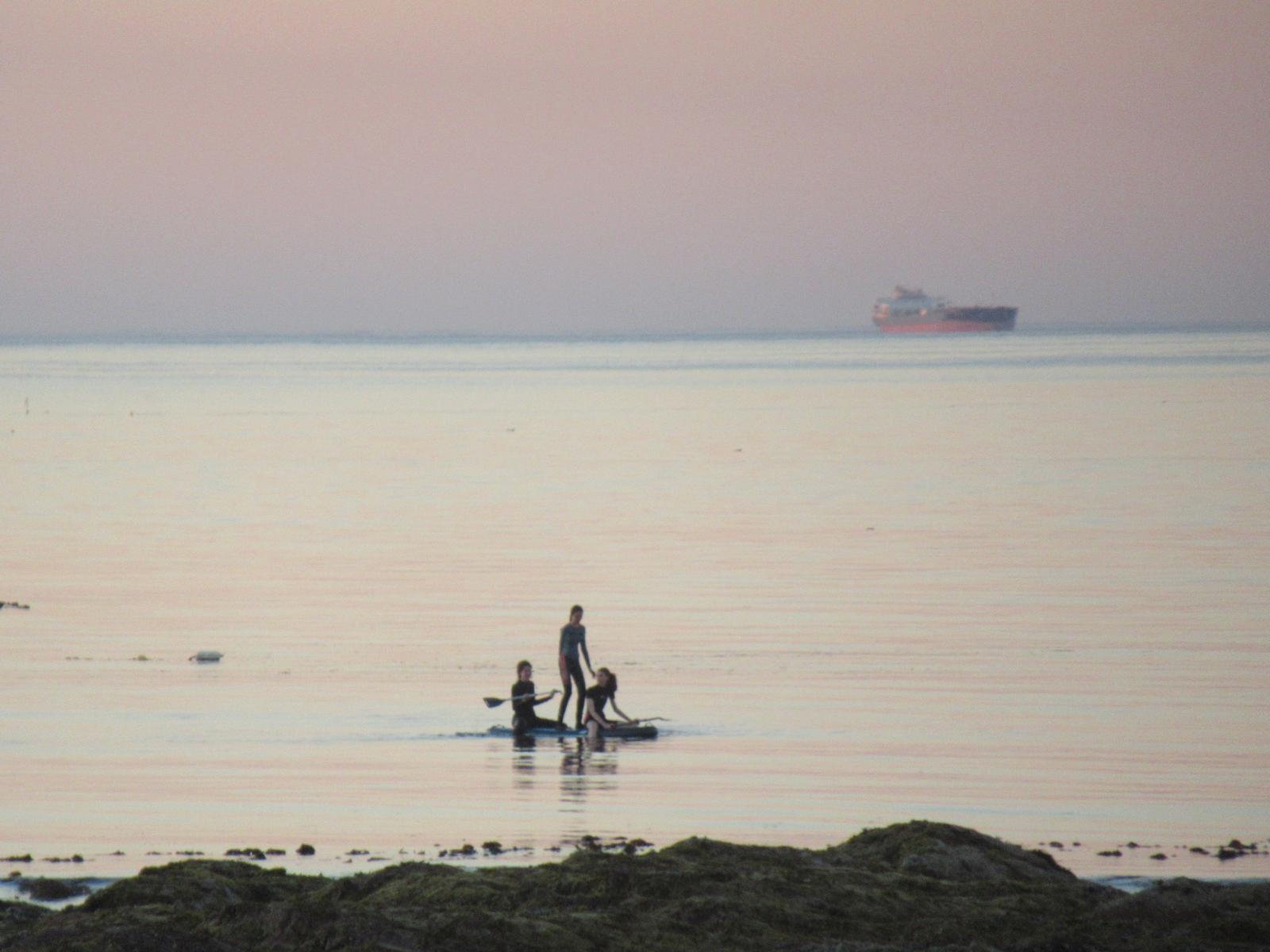
Early morning or in the evening are popular times for people to head out for a paddle, the winds are often lighter and any daytime convection has yet to build. In the UK, the Sea Surface Temperatures (SSTs) peak in early Autumn. In Spring and Summer, a breeze can pick up during the day, a sea breeze. This is an onshore wind that forms near the coast as a result of differential heating between the air over land and air over the sea. Other conditions such as the main wind direction and strength, the wind at height and coastal features affect the development of such a breeze. These local effects can be missed by forecast models and so data on weather apps.
The land heats up more quickly than the sea and as pressure differences develop a circulation form with an onshore breeze at the surface, often from late morning into the afternoon, even early evening. So, this can change an overall forecast’s wind direction.
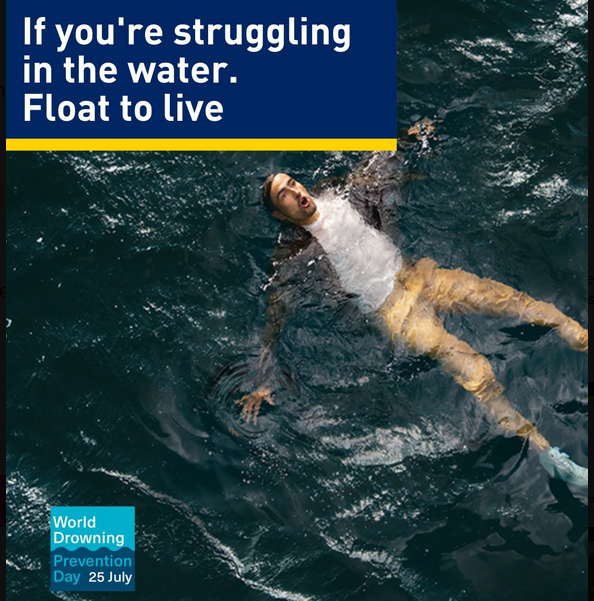
The RNLI has highlighted the risk of cold-water shock and its Float to Live campaign.
There are also different types of Personal Floatation Devices (PFD) and it is good practice to wear a Buoyancy aid whatever the conditions and encourage children that it is just part of getting on a board. They provide extra floatation in the water but also time to recover if you fall in. Sizing uses weight and chest size but also there needs to be movement to paddle freely.
A buoyancy aid is different to a Lifejacket. A buoyancy Aid has integral foam sections but is not designed to keep an unconscious person the right way up, or support them. It aids swimmers in sheltered areas or where help is close at hand. For activities such as Kayaking, the aid should be cut away around the shoulders and arms, again for movement. Lifejackets come in different levels relating to expected water conditions and can inflate from a gas canister.
Whatever the activity, a well-fitted, well-maintained and suitable PFD could save your life. Remember to ‘Float to Live’ if you do end up in the water without your board.

Carry your phone on your person and put it in a waterproof bag. Make sure that it is fully charged before you head out. It might go around your neck or in your PFD pocket but keep it nearby. If you are inland on a lake or river you would ask for Fire & Rescue, but at sea, you ask 999 for the Coastguard. If you have drifted further out to sea, the phone signal may be patchy. Sometimes texts do send in the end, as signal comes and goes or phone calls work when there isn’t any data. Sometimes 999 calls do get through even when your phone network seems to have no service.
It might be that you are not sure about phoning. If you are getting worried, just phone. The emergency services will say that it's fine to phone and if you do make it back to the shore yourself, just make sure that you update them. If you have lost your board or kayak, also let them know so that they are not starting a search for a missing SUP person, which is you on the beach.
Some people head out with a pal or in a group, for those on their own, just let someone know your plans.
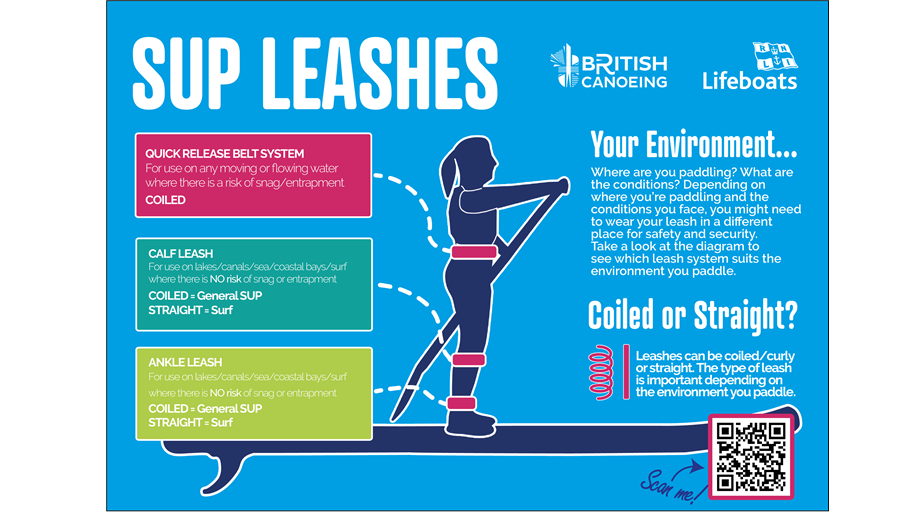
Leash
Wear the correct leash, it will help you stay connected to your board and that helps you float and makes you more visible. You also won’t have to swim after your board if you fall in and that could be hard work if the waves are choppy and the wind has picked up. It is also easier to spot than just a head in the water, maybe amongst waves. There are different leashes for different conditions and environments.
Also, consider what you are going to wear. You might just go in T-shirt and shorts (with the buoyancy aid). Remember your sunscreen, especially in the middle hours of the day. A wetsuit will give you extra floatation and warmth if you do go in for any amount of time. A lesson will help with getting back up onto your board. Early autumn is when the sea is the warmest around the UK, when the Sea Surface Temperatures (SSTs) are highest. In springtime, the sea can be cool and Cold-Water Shock is something to consider if you were to fall in without a wetsuit.
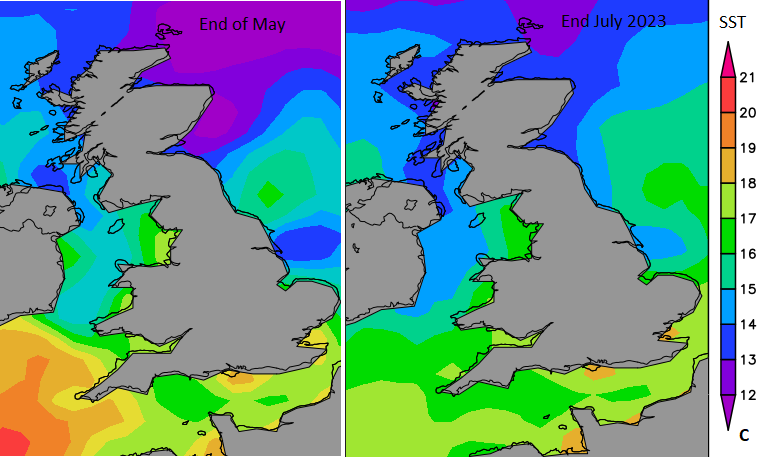
The coastline is a stunning environment and sea kayaking or Paddleboarding are wonderful ways to enjoy this space and be active. The RNLI, and others who help to save lives at sea, are just reminding water users to run through these checks before heading out. Most are volunteers and the RNLI is a charity. Check the weather, tides and how the waves will be. Avoid offshore winds on a SUP, take a charged mobile phone in a waterproof case, wear a leash and put the buoyancy aids on. And be aware that conditions will change over time; the tide, the wind direction and strength, the light and the weather.